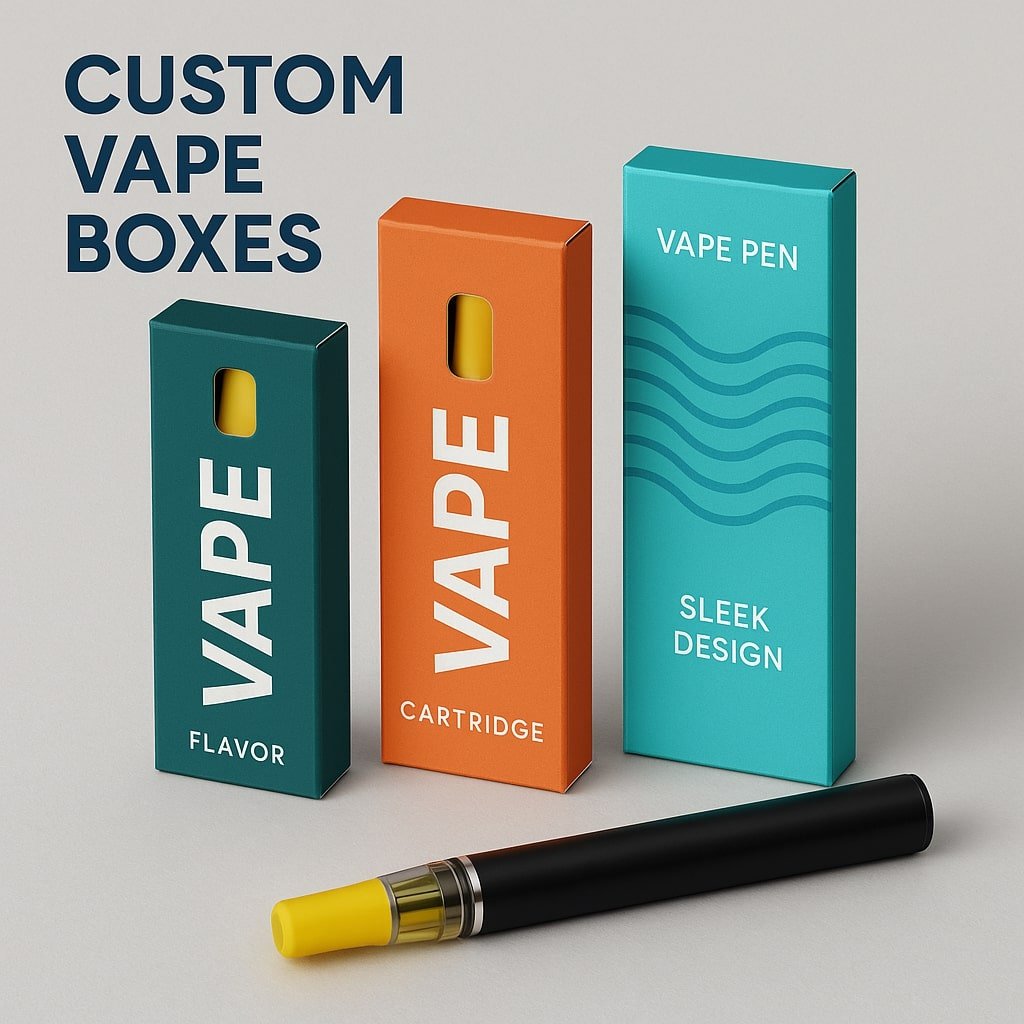Healthcare is no longer limited to hospitals and clinics — it’s expanding into homes, wearable devices, and even cloud platforms. The combination of Artificial Intelligence (AI) and connected devices (IoT) is shaping a smarter, data-driven future for medicine, where technology doesn’t just assist doctors — it empowers patients too.
In this new era, healthcare isn’t reactive anymore. It’s predictive, personalized, and continuous. AI and IoT are working together to make that possible.
How AI Is Revolutionizing Healthcare
AI is transforming how we diagnose, treat, and manage diseases. By analyzing large amounts of medical data, it can identify patterns and predict health risks long before symptoms appear.
-
Early Diagnosis: AI algorithms can read X-rays, MRIs, and CT scans faster and often more accurately than humans, detecting conditions such as cancer or cardiovascular disease in their earliest stages.
-
Personalized Treatment Plans: Machine learning models use patient histories, genetics, and lifestyle data to recommend tailored treatment strategies.
-
Predictive Analytics: Hospitals are now using AI tools to anticipate patient admissions, optimize resource allocation, and reduce waiting times.
AI not only enhances clinical decision-making but also reduces human error, saving time and improving outcomes across healthcare systems.
Connected Devices and the Internet of Things (IoT)
The Internet of Things has brought a new level of connectivity to healthcare. Smart devices now collect real-time patient data — heart rate, blood pressure, glucose levels, and oxygen saturation — and transmit it to healthcare providers instantly.
This data-driven environment helps clinicians respond quickly to potential health threats, often before patients even realize something is wrong.
Common IoT applications in healthcare include:
-
Wearable health trackers and smartwatches
-
Remote patient monitoring systems
-
Smart hospital equipment
-
Connected inhalers and insulin pens
These innovations enable continuous care, especially for patients with chronic conditions or those living in remote areas.
When AI and IoT Work Together
AI and IoT are not just independent technologies — together, they form the foundation of smart healthcare ecosystems. IoT devices collect enormous amounts of data, while AI analyzes that data to deliver meaningful insights.
Imagine a wearable that monitors your heart rate 24/7. If it detects irregular activity, AI immediately alerts your doctor or sends a recommendation to your mobile app. That’s real-time, automated care in action.
Examples of this synergy include:
-
Predictive Healthcare: AI uses IoT data to anticipate emergencies such as heart attacks or asthma attacks.
-
Smart Hospitals: Connected sensors track equipment, monitor patients, and optimize hospital workflows.
-
Drug Management: AI analyzes patient responses to medications, helping doctors adjust doses remotely.
This integration is not only improving efficiency but also making healthcare more accessible and affordable.
Challenges to Overcome
While the potential of AI and IoT in healthcare is immense, certain challenges remain:
-
Data Privacy: Protecting patient data is essential as healthcare becomes more digitized.
-
System Integration: Hospitals often struggle to merge legacy systems with new digital tools.
-
Regulatory Compliance: Meeting healthcare standards and certifications adds time and cost.
-
Technology Adoption: Training medical staff and ensuring user acceptance requires thoughtful change management.
Overcoming these barriers demands collaboration among healthcare institutions, technology leaders, and software development companies building secure and compliant platforms.
The Road Ahead Smarter, Safer, More Connected
The future of healthcare lies in connected intelligence — a system where AI continuously learns from patient data and IoT devices act as its sensory network.
In the coming years, we can expect to see:
-
AI-driven telemedicine that supports faster, more accurate virtual consultations
-
Wearables that self-adjust treatment recommendations based on patient progress
-
Digital twins in healthcare that simulate patient conditions for better treatment planning
These innovations will redefine the patient experience — transforming healthcare into a personalized, predictive, and proactive service.
Conclusion
As artificial intelligence and connected devices continue to reshape the healthcare industry, the need for intelligent, secure, and scalable digital platforms will only grow. Partnering with an experienced software development company in Canada can help healthcare organizations build the technology infrastructure needed to power this transformation — from smart devices to hospital automation and AI-driven analytics.
The future of healthcare is not just digital — it’s intelligent, connected, and built on innovation.




Leave a Reply